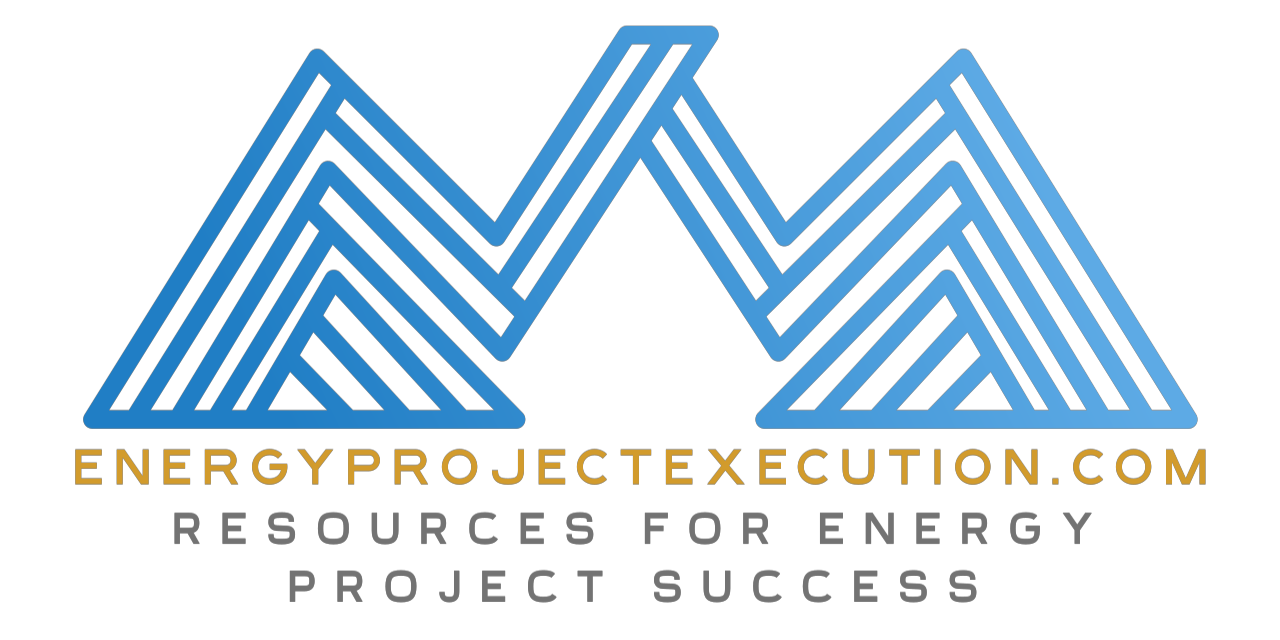Modular Construction and Its Impact on Industrial Projects
Modular construction revolutionizes energy project delivery by integrating off-site prefabrication and standardized designs, enabling accelerated timelines, improved safety, and cost efficiency. This approach has proven transformative across sectors such as oil and gas, power generation, and renewable energy by mitigating risks and optimizing resource allocation.
Selecting the Right Estimating Methodology for Industrial Project Success
Estimating is the foundation of successful project planning and execution, particularly in energy projects where precise budgeting and scheduling are critical. This article compares each estimating methodology —analogous, parametric, bottom-up, and hybrid—highlighting their applications, strengths, and limitations to help teams select the best approach for each project phase.
A New Standard in Project Estimating: Trust, Transparency, and Collaboration
Project estimating, transparency, collaboration, trust building, stakeholder alignment, risk management, cost estimating best practices, energy projects, estimating methodologies, open communication, contingency planning, scenario analysis, accountability, estimating tools, contractor-client relationships, estimating challenges, collaborative strategies, risk sharing, accurate estimates, resilient project outcomes.
Risk-Sharing Agreements: A New Standard for Collaborative Projects
Risk-sharing agreements offer a collaborative framework to equitably distribute project risks among stakeholders, enhancing trust, reducing contingencies, and improving project outcomes. By aligning responsibilities and leveraging tools like risk registers and allocation matrices, these agreements address uncertainties proactively for energy projects.
The Hidden Risk: Why Escalation Matters in Long-Term Project Planning
Cost escalation, driven by factors such as inflation, market volatility, and supply chain disruptions, poses a significant yet often underestimated risk in long-term energy project planning. By proactively integrating escalation management strategies, including scenario analysis, standardized tools, and regular adjustments, project teams can safeguard budgets, mitigate financial risks, and maintain stakeholder confidence.
Proven Techniques for Controlling Costs in Energy Construction
This article outlines ten proven techniques for controlling costs in energy construction, emphasizing strategies such as accurate estimation, risk management, and leveraging technology to optimize budgets and resources. By adopting these strategies, project teams can mitigate financial risks, improve efficiency, and deliver high-quality outcomes within budget and on schedule.
Navigating Risks: How to Incorporate Risk Analysis into Project Estimating
Incorporating risk analysis into project estimating helps industrial project teams identify and address uncertainties, enabling more accurate budgets and schedules. By leveraging techniques such as Monte Carlo simulations, sensitivity analysis, and contingency planning, teams can mitigate financial risks and enhance stakeholder confidence.
Proven Benchmarking Techniques to Elevate Energy Estimating
Benchmarking enhances project estimating by validating assumptions through comparisons with historical data and industry standards. This proven method improves estimate accuracy, mitigates risks, and ensures projects are delivered on time, within budget, and with greater stakeholder confidence.









